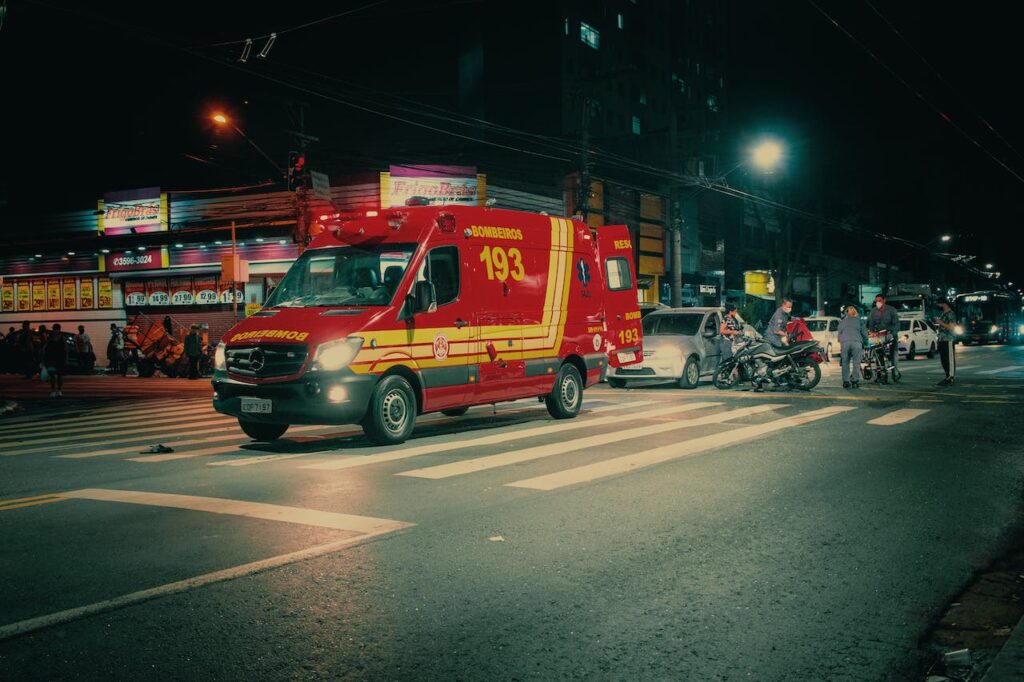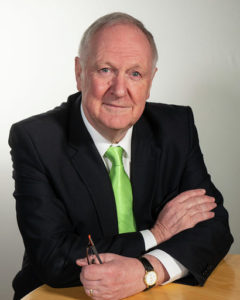Quick search
CTRL+K
Quick search
CTRL+K


Since 2010, the Global Law Experts annual awards have been celebrating excellence, innovation and performance across the legal communities from around the world.
posted 9 months ago
Personal Injury cases can present a considerable challenge to the Medical Expert. They generally see the plaintiff or defendant on one occasion, which may or may not be supported by medical records, from a hospital, general practitioner or a physiotherapist.
Under normal circumstances, the client’s statement of fact in regard to the incident and injuries received are accepted on face value, unless there are inconsistencies in the history of the incident, the nature of the injuries and the findings on examination.
The nature of the incident is rarely in question, except in cases of outright fraud. However, there may be significant differences in the history of the client’s condition at the scene when compared with contemporaneous reports from an ambulance crew or when seen either in an Accident and Emergency Department or by the General Practitioner.
Discrepancies between the accounts may cause some initial concern as to the accuracy of the client’s subsequent statements to the expert.
The vast majority of “whiplash” type injuries from a road traffic accident settle in three to six months. The natural history is that symptoms may be present immediately at the time of the incident or develop over the first few days due to swelling and bruising in the muscles. Either way, unless there has been severe trauma, such as a fracture, the symptoms should tend to ease over time. A history of a progressive increase in symptoms over nine months to a year after the incident would be extremely unusual, in particular where clients have not been for follow-up by their GP or had other treatments such as physiotherapy. In these cases, it is important to view the GP records to see if they are compatible with the client’s story.
As far as examination is concerned, clients are watched from the moment they come into contact with the medical expert, which may on occasion be in the reception area before entering the examination room. Their ease of getting in and out of chairs, walking, taking off or putting on clothing may be a clue to the amount of discomfort they are experiencing, and this is particularly important when movements displayed under normal activities, and those under examination conditions, appear to be different.
Whereas not intended to be exhaustive, there are certain features that are red flags to a medical expert – for instance, pain radiating down the spine from light pressure on top of the head would not be regarded as a usual finding, nor would pain, particularly associated with wincing on light touch, over the musculature of the neck and the shoulders.
Dermatones are areas of influence of the sensory nerves coming from the various levels within the spinal cord. They radiate in lines down the arms and the legs and, therefore, complaints of numbness related to nerve problems would be expected to follow a similar path. What would not be expected, however, is what is termed “a glove and stocking distribution” with total numbness below the elbows or the knees, and not above them. In some instances, plaintiffs have complained of total numbness in the upper arms and upper legs, with none below the elbows or the knees, and such complaints are not compatible with the anatomy of the nerves.
In relation to the lower back, the degree of forward flexion from the hips should match the ability to sit up on an examining couch with knees against the bed, and when lying flat on the bed, the ability to straight leg raise should again match the ability to sit up, since there is the same angle at the hips. Also, any weakness in movement of the foot should be greater in dorsi-flexion (pulling back) of the great toe, as opposed to planter flexion (pushing downwards).
An assessment is usually made for what is called simulated rotation. In that movement, the arms are locked to the sides in the area of the thighs, and rotational movement is checked to either side. Under these conditions, such rotation is from the knees and not from the back, hence the term “simulated”. Severe pain and restriction on this movement claimed to be from the lumbar area is most unlikely.
There are a number of other so-called “provocation” tests that may be carried out, but suffice to say that a medical expert should check these in order to see whether the findings on examination are compatible with the injuries sustained and the degree of symptoms claimed.
Finally, an inability or reluctance to answer questions about the incident, any injuries and their effects – indeed with, occasionally, some outright aggression from the plaintiff – when coupled with discrepancies in some of the above “provocation” tests does put the plaintiff’s version of events and the subsequent effects in some doubt. It is for the medical expert to report all of these clearly, and it is for the court to decide whether or not the plaintiff’s statements are to be believed. As far as the expert is concerned, as an officer of the court, they have to be clear that the level of symptoms and the signs complained of as demonstrated by the client are not compatible with the physical findings.
MDU figures for 2022 show that fewer than one in six actions in medical negligence actually succeed, with the vast majority failing on the grounds of causation. It must be remembered that subsequence is not the same as consequence.
Initial screening is, therefore, essential to manage client expectations at an early stage. This avoids unnecessary effort and costs for all concerned. Too many cases are taken to court with no chance of success. This is stressful for both the client and their legal adviser, and indeed for the medical personnel involved.
For fast and effective screening of all potential medical negligence cases, contact Peyton Medico Legal Services now on +44 (0)28 87724177, or email [email protected]
Author


There are no results matching your search.
Resetposted 2 hours ago
posted 13 hours ago
posted 13 hours ago
posted 3 days ago
posted 4 days ago
posted 4 days ago
posted 4 days ago
posted 4 days ago
posted 4 days ago
posted 7 days ago
There are no results matching your search.
ResetFind the right Legal Expert for your business
Sign up for the latest legal briefings and news within Global Law Experts’ community, as well as a whole host of features, editorial and conference updates direct to your email inbox.
Naturally you can unsubscribe at any time.
Global Law Experts is dedicated to providing exceptional legal services to clients around the world. With a vast network of highly skilled and experienced lawyers, we are committed to delivering innovative and tailored solutions to meet the diverse needs of our clients in various jurisdictions.